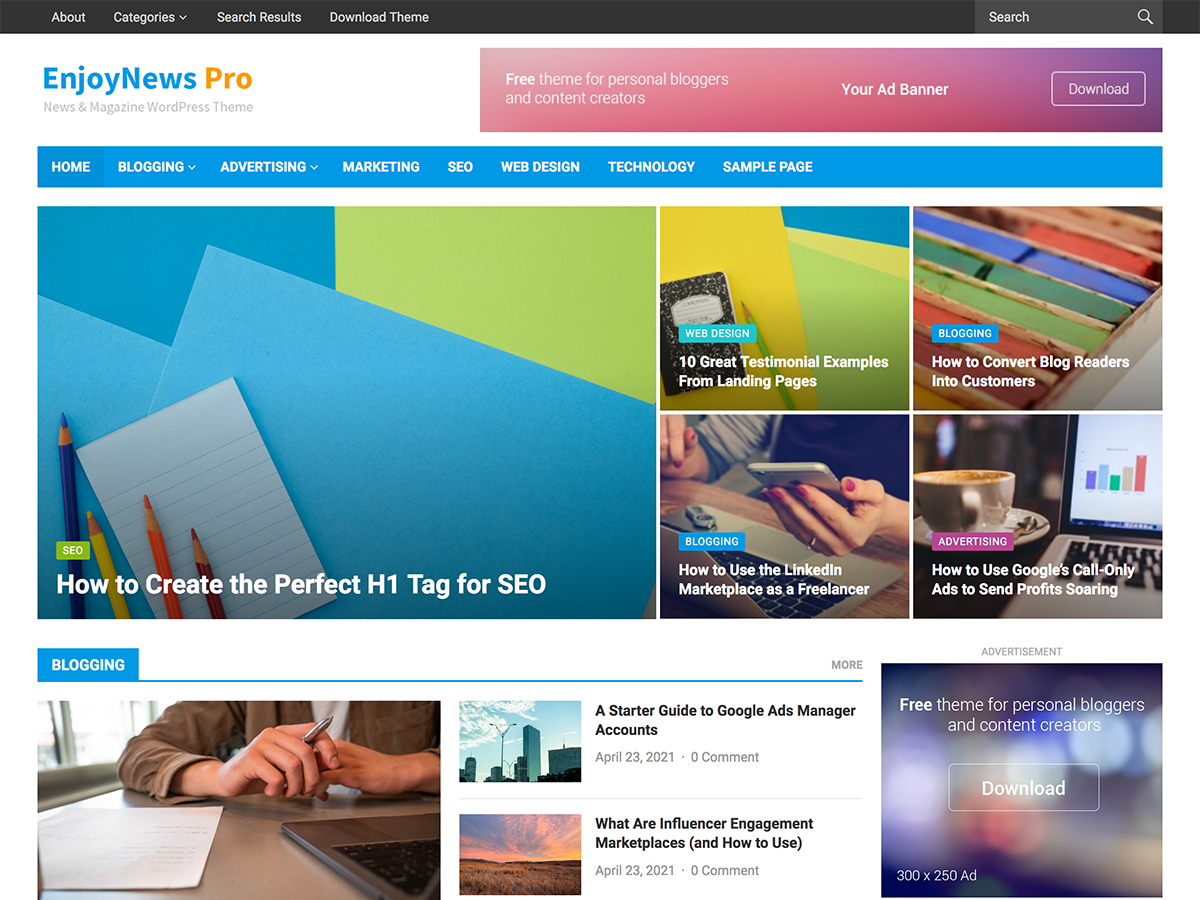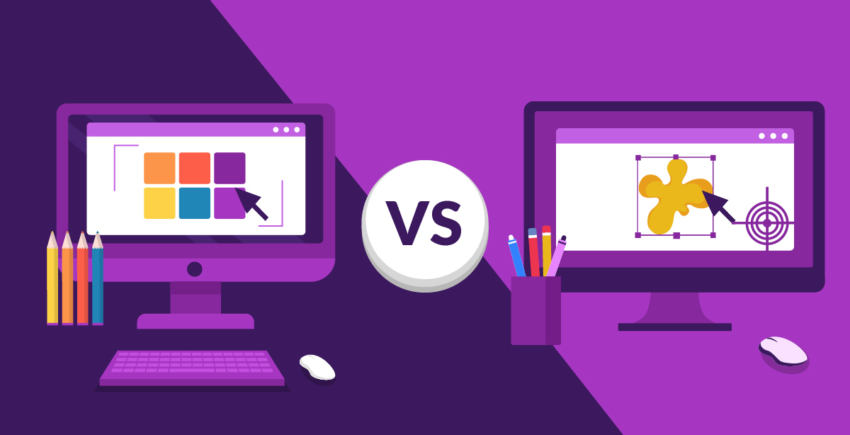

To include a smartphone-friendly image or add code instead of the JavaScript detects the device and decides to alter something about the page, say Allĭevices requesting the JavaScript's URL get the same code. element that requests an external URL that serves the JavaScript. This is similar to how responsive webĪs an example, a page serves all devices the same HTML that includes a Rendering or behavior of the site altered. Only when the JavaScript is executed on the device is the

In this configuration, a URL serves the same contents (HTML, CSS, JavaScript, an Let's look at each of these configurations in detail. Served the same HTML, but the JavaScript is served from a URL thatĭynamically serves different JavaScript code depending on the device's Dynamically-served JavaScript: In this configuration, all devices are.JavaScript and server-side detection of device capabilities to serve Combined detection: In this implementation, the website uses both.Website requires JavaScript, this is Google's recommended configuration. The device, the rendering or behavior of the site is altered. JavaScript-adaptive: In this configuration, all devices are served the.Three popular implementations of JavaScript for mobile-friendly sites are: Relate to Google's recommendation of using responsive web design. This section describes different approaches to using JavaScript and how they Include deciding which ad or which image resolution variant to show in the page. One part of building mobile-friendly sites that requires carefulĬonsideration is the use of JavaScript to alter the rendering andīehavior of the site on different devices.

Web design configuration and treat it appropriately. These external files helps our algorithms detect your site's responsive Googlebot using robots.txt or other methods. On the Google Search Central blog and visit the web.dev site.Ĭrawling of any page assets (CSS, JavaScript, and images) for any If you're interested in responsive web design, start with our blog post This improvement in crawling efficiencyĬan indirectly help Google index more of your site's content and keep it Rather than crawling multiple times with different Googlebot user agents to Pages, a single Googlebot user agent only needs to crawl your page once,

Part of the content that fits within the screen. Mobile browsers then try to make the content look better by increasingįont sizes and either scaling the content to fit the screen or showing only the Page at a desktop screen width (usually about 980px, though this varies acrossĭevices). The meta viewport element is absent, mobile browsers default to rendering the To signal to browsers that your page adapts to all devices, add aĪdjust the dimensions and scaling of the page to the width of the device.
Responsive layout maker pro vs how to#


 0 kommentar(er)
0 kommentar(er)
